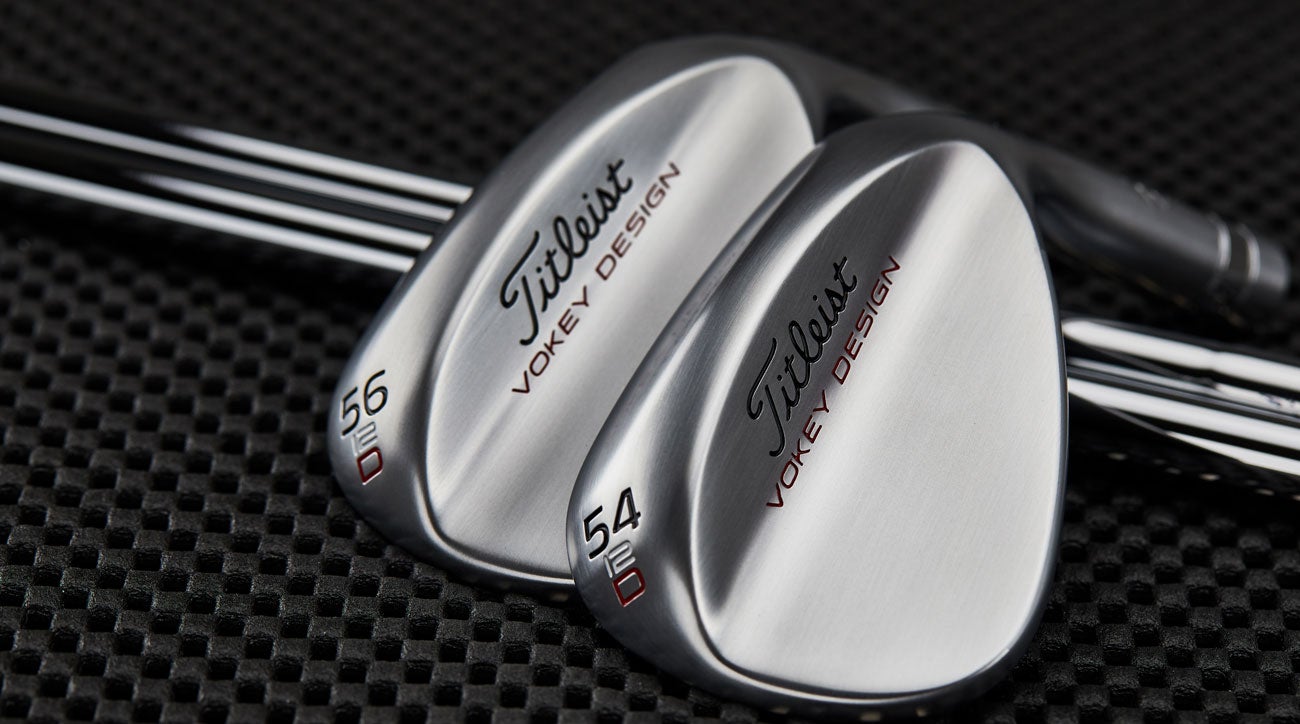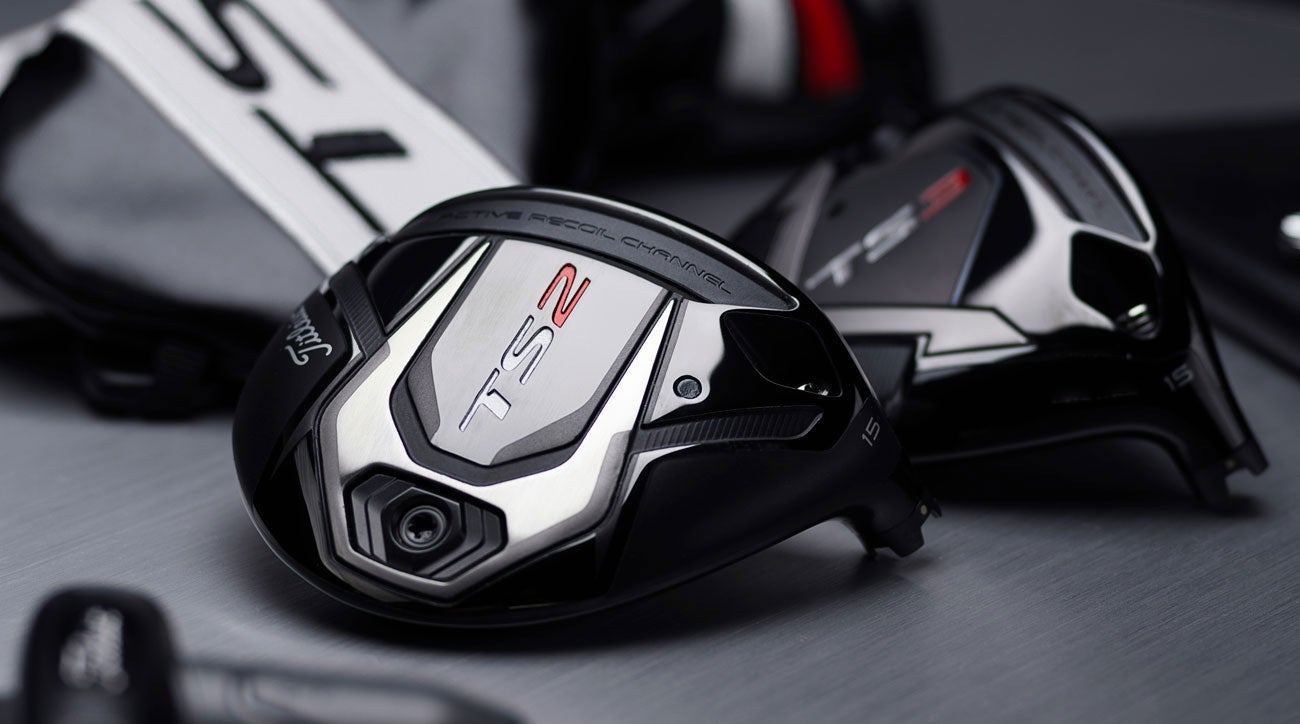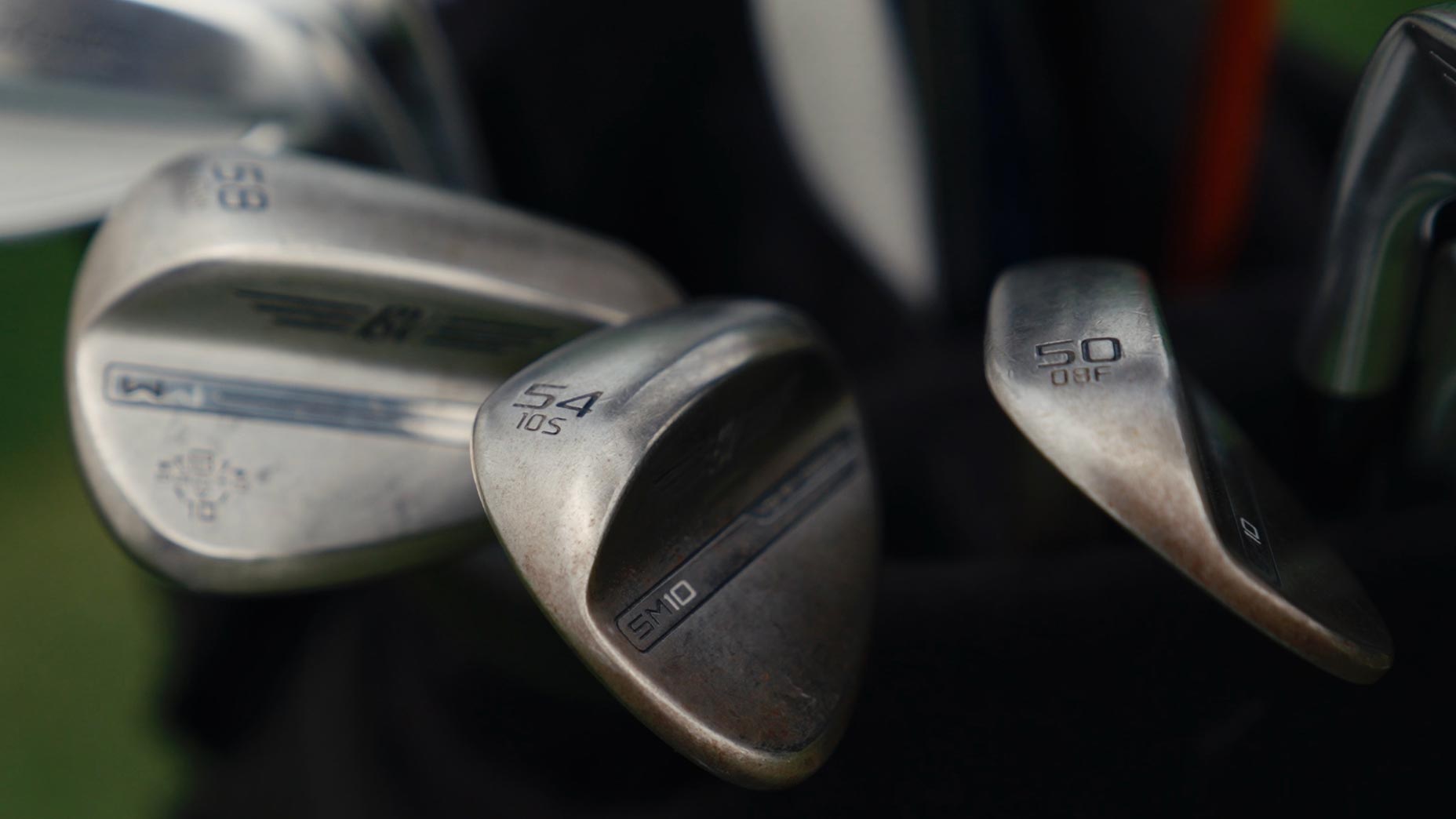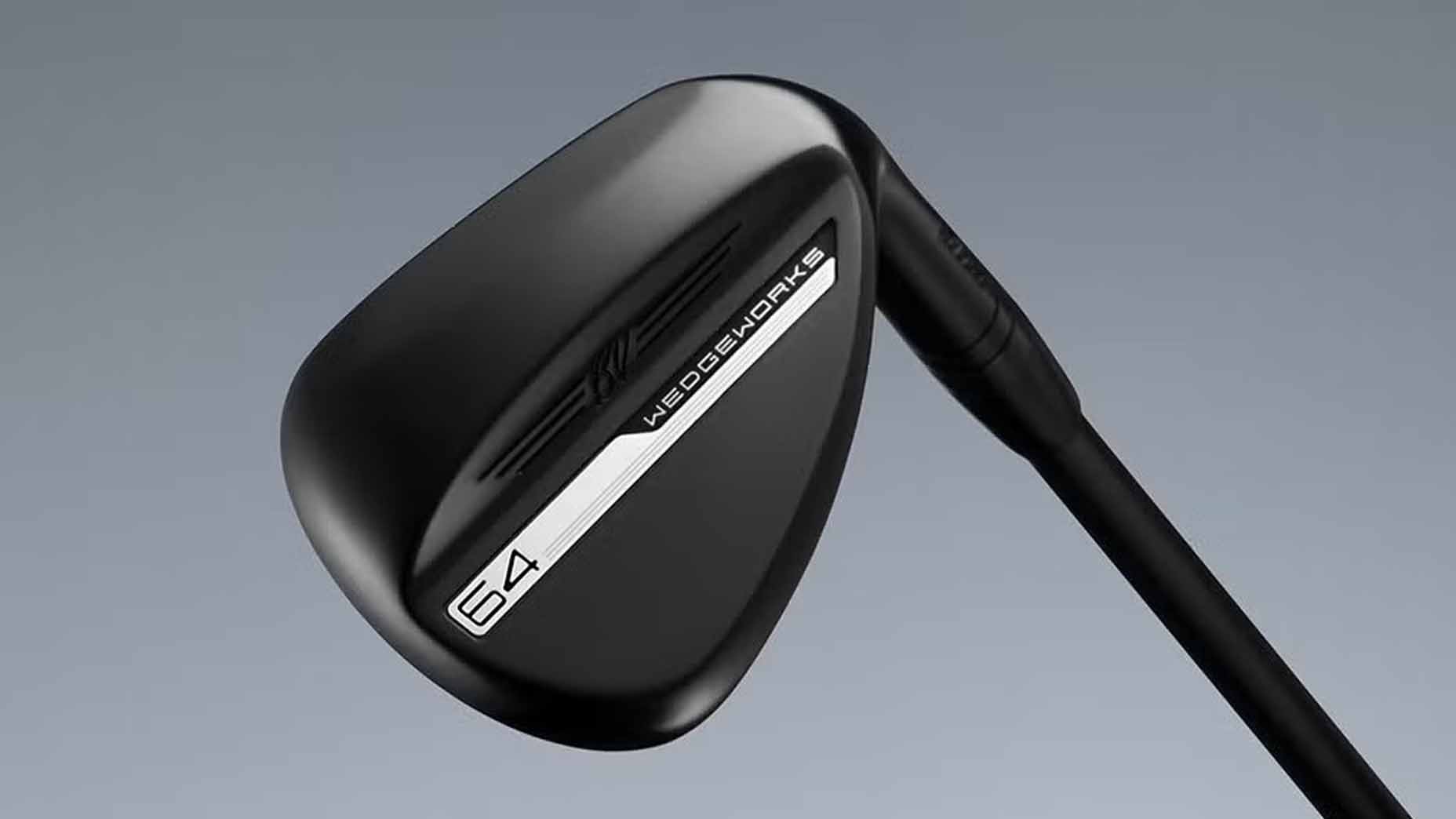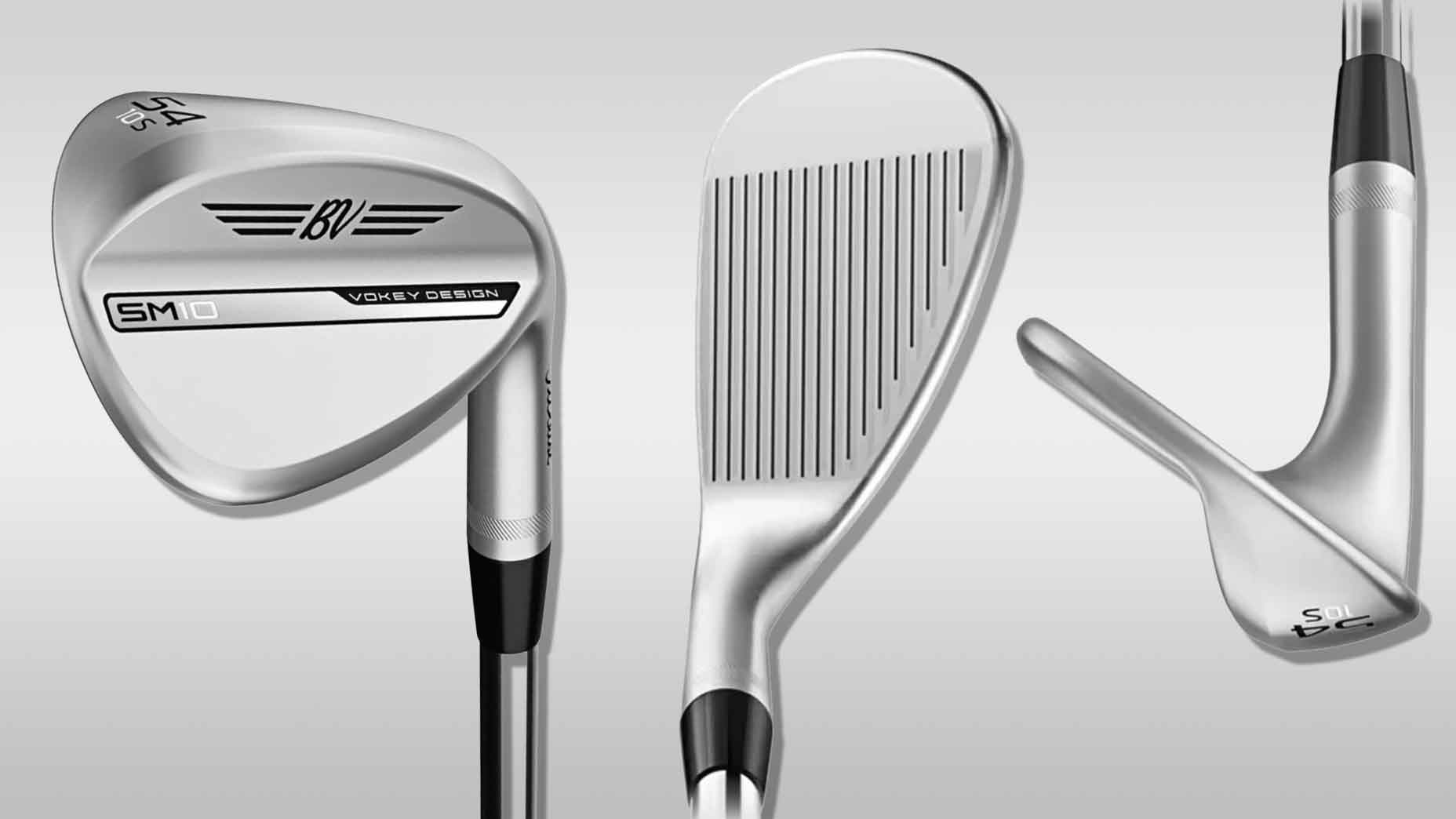 Add versatility to your short game with the year’s best-selling wedge
Add versatility to your short game with the year’s best-selling wedge
Yo, Gear Guy! What’s the deal with higher bounce wedges?
Welcome to another edition of Yo, Gear Guy!, an interactive GOLF.com series in which our resident dimplehead (a.k.a., GOLF’s deputy editor of equipment, Mike Chwasky) fields your hard-hitting golf gear questions. This week, he explains the importance of higher bounce wedges, discusses compression in golf balls and more.
Cmilltime50 on Instagram: I recently read that lower compression balls are always slower/shorter than firmer compression. True or not?
I’m familiar with the recent test published by MyGolfSpy, to which I assume you’re referring, and though the results are certainly interesting, there are some things to consider before you use those results as a guide. Yes, firmer compression golf balls have always produced slightly faster ball speeds off the driver – if you’re old enough to remember when wound balls came in both 90 and 100 compression options (those were sorted in a general way, not produced to be such, in case you were wondering) that was also true then. However, faster swingers also always got much more advantage from firmer compression models and saw a more significant difference in distance than average or slower swingers.
The test results from MyGolfSpy’s test proved this fact is still true, though for 85-90 mph swing speeds (most average male players) the differences are fairly modest. For example, the Pro V1x produces about .5 mph more ball speed than Pro V1 and less than 1 mph more than AVX, which is almost 20 compression points lower than Pro V1x. Those numbers basically add up to maybe three yards overall distance, depending on some other variables including a perfectly solid strike, like one produced by a testing robot.
We can obviously go much deeper into this discussion, but suffice to say that those differences go up a bit as you go up in swing speed to 100 mph and 115 mph, and so on. So for average speed and even slightly above average speed swingers, the difference in distance off the tee is not really significant. Personally, I don’t find five yards or less to be meaningful for me or any player off the tee, particularly when you consider all the other variables like launch angle, spin rate, temperature and general weather conditions, turf conditions, and others. My advice – stick with what the majority of knowledgeable fitters say and don’t concern yourself nearly as much with how a ball performs off the tee. Instead focus on how they work for you on and around the green and on approach shots in the scoring zone.
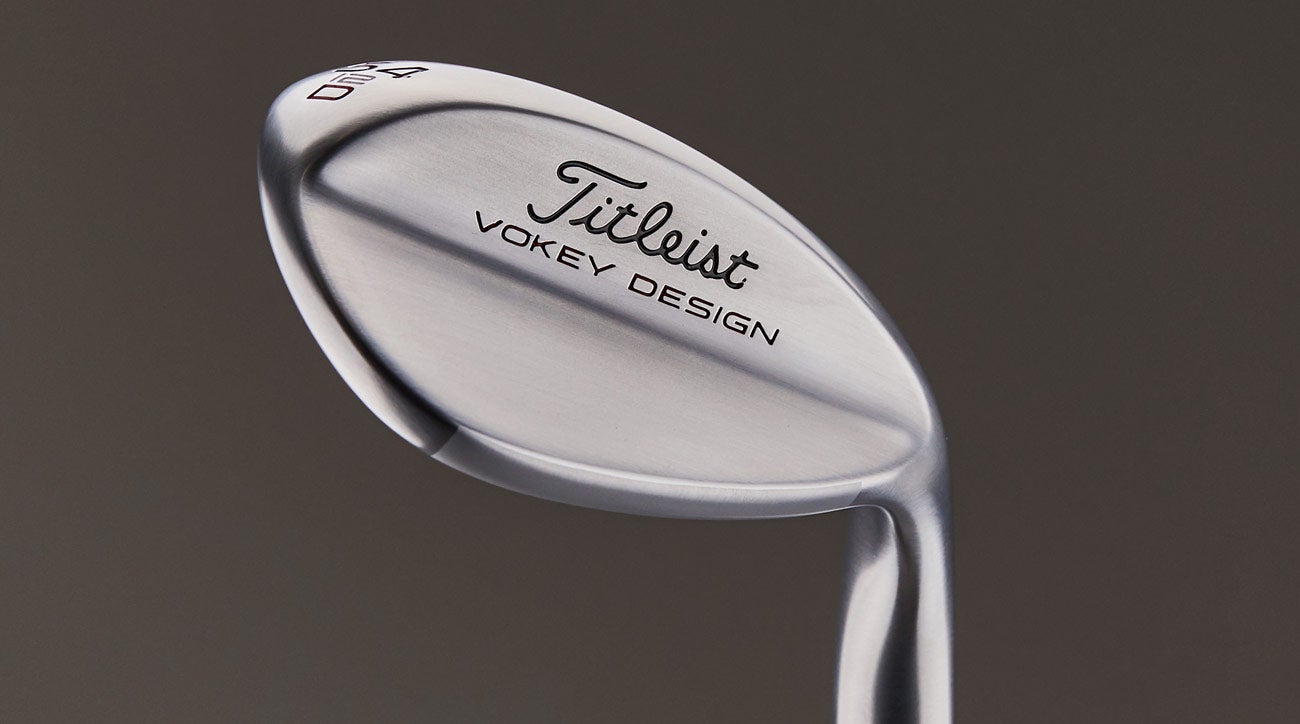
Lindsey55 on Instagram: I saw Vokey just introduced a couple of higher bounce sand wedges that are supposed to be a good compliment for lower bounce lob wedges. Why and why do they go together?
Bob Vokey has been a master of wedge design and wedge fitting for a long time now (there’s a good reason why Vokey wedges are consistently the most popular on Tour) and he has his own philosophy on both. Here’s a quote from the man himself regarding the new higher bounce D models (54.12, 56.12) you’re referring to:
“During most of my fittings, I’m striving to fit the player into two different grinds. We always fit based on how the player uses their wedges, but my preference is notably a high bounce sand wedge and mid-to-low bounce lob wedge, so they have the versatility to face all different types of shots and conditions,” Vokey said. “Bringing the D Grind to the 54 and 56 degree models opens up a great new fitting opportunity in these sand wedge lofts.”
As you can tell, Vokey believes the best wedge set up for most players is to have a mixture of sole grinds and bounce angles in order to increase versatility in different playing conditions. Our partners at True Spec Golf have echoed that sentiment to me, and I also agree. I know it might seem counterintuitive to have anything other than a consistent set of wedges that are simply different due to the loft, and some folks like that set up as well, but Vokey’s philosophy will often yield better results, particularly if you’re a player that likes to travel and play all different types of tracks.
As to the second part of the question, the higher bounce models are designed to not only function well on square faced shots but also feature a crescent shape that allows the face to be opened or closed a bit without providing too much bounce in those situations. It’s a product that a lot of players, including some who play on Tour, can benefit from and are worth a serious look if you’re interested in some new short game tools.
RduffyII on Instagram: I saw a your recent story about Phil carrying two drivers and get why it’s not a great idea for everyone, but what about two 3-woods? It works for me.
Thanks for keeping up with our gear coverage on Golf.com – much appreciated. Yes, the story you’re referring to did mostly talk about the fact that most recreational players have no business carrying two drivers for a variety of reasons, not the least of which is a lack of Tour level swing speed. However, the question of two 3-woods is a slightly different matter that’s worth a quick look. Before we go into it, I would add that if gaming two 3-woods, or drivers, or putters for that matter, is working for you as you indicated in your question, then by all means go with it. My opinion shouldn’t matter too much either way.
ADVERTISEMENT
As to the question at hand regarding carrying two 3-woods, I’d say for most recreational players with non-Tour level swing speed (most male weekend players swing less than 90 mph) it’s not a terrible idea. There are a lot of variables to deal with in club fitting, and I hate to gloss over them quickly, but the bottom line is if you hit a 14-degree 3-wood better than a 12-degree driver, which is certainly possible, and you also find a 16.5-degree model (a 4-wood loft-wise but many 3-woods with larger clubheads can be adjusted from 15 to 16.5) works in certain situations, then it makes sense.
I believe we’ve discussed this issue here a bit in the past and noted that some players simply feel more comfortable with the shorter shaft that comes standard on a 3-wood (typically at least an inch and a half shorter than a driver) and/or the more compact clubhead. There’s nothing strange about it really, and there are times I’ve actually done it myself with a 13.5-degree 3+ for tee shots and a 15-degree 3 for use off the turf.
I’d add one bit of info to consider when it comes to making a 3-wood, regardless of loft, your main tee club – regardless of how packed with technology and how long and forgiving modern fairway woods have become, they will never be able to provide the same level of MOI or forgiveness as a 460cc driver. This is due to the smaller size (modern 3-woods weigh in well under the 200cc mark) and limited availability of weight to manipulate and reposition in the clubhead. For this reason, as well as the larger clubface, I’d just about always recommend a high lofted driver instead of a low lofted fairway wood for the majority of players.
To receive GOLF’s all-new newsletters, subscribe for free here.
ADVERTISEMENT


